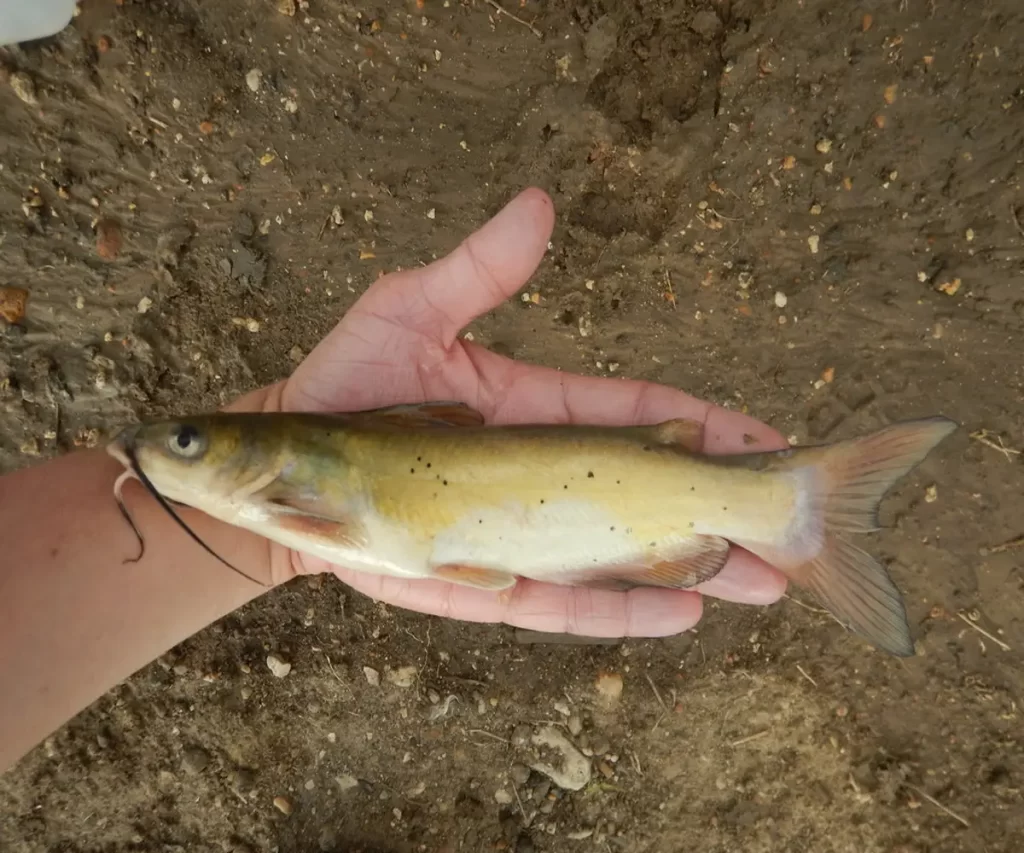
Channel Catfish Fish Species Guide
The Channel Catfish (Ictalurus punctatus) is a species of North American freshwater fish that holds significant importance in both ecological and economic contexts. Known for its distinctive appearance, culinary value, and popularity among anglers, the Channel Catfish has become a prominent species in the world of ichthyology and aquaculture. In this comprehensive guide, we will delve into the various aspects of the Channel Catfish, including its taxonomy, distribution, habitat, biology, behavior, economic significance, and conservation.
Taxonomy
The Channel Catfish belongs to the family Ictaluridae, which includes various catfish species native to North America. Its scientific name, Ictalurus punctatus, reflects its genus (Ictalurus) and species (punctatus). The genus name is derived from Greek words, with “Ictalu” meaning fish and “urus” meaning tail. The specific epithet, punctatus, refers to the numerous small dark spots that adorn the fish’s body.
Distribution
Channel Catfish are native to North America and can be found throughout the continent, inhabiting a wide range of water bodies. They are most commonly found in freshwater rivers, lakes, reservoirs, and ponds, preferring slow-moving or still waters with muddy bottoms. Their distribution extends from southern Canada to northern Mexico, covering much of the United States.
Habitat
Water Temperature and Quality
Channel Catfish are adaptable to a variety of environmental conditions. They thrive in water temperatures ranging from 75 to 85 degrees Fahrenheit (24 to 29 degrees Celsius). While they can tolerate a wide range of water quality, they generally prefer moderate to high turbidity and are often found in waters with mud or sand substrate.
Cover and Structure
The Channel Catfish is a bottom-dwelling species that seeks cover and structure for protection. Submerged logs, rocks, and aquatic vegetation provide ideal hiding spots for these fish. They are also known to utilize deep holes and undercut banks as refuge.
Biology
Morphology
Channel Catfish are characterized by their scaleless bodies and deeply forked tails. Their skin is smooth, and they have a series of prominent, sharp spines on the dorsal and pectoral fins. The body coloration varies, but it is typically olive-brown on the upper side with scattered black spots. The underbelly is often white or light yellow.
Size and Growth
These fish exhibit sexual dimorphism, with females generally growing larger than males. While the average size of Channel Catfish caught by anglers ranges from 1 to 5 pounds, they can reach much larger sizes in their natural habitat. Specimens weighing over 50 pounds have been documented.
Reproduction
Channel Catfish typically spawn in late spring or early summer when water temperatures are between 70 and 84 degrees Fahrenheit (21 to 29 degrees Celsius). The female selects a nesting site, usually in a cavity or crevice, where she lays her eggs. The male then guards the nest until the eggs hatch, displaying parental care.
Behavior
Feeding Habits
Channel Catfish are opportunistic feeders, with a diet that includes a variety of aquatic organisms. They feed on insects, crustaceans, small fish, and plant material. Their barbels, or whisker-like appendages around the mouth, are equipped with taste buds, helping them locate food in dark or murky waters.
Nocturnal Activity
Channel Catfish are known for their nocturnal feeding habits. They are more active during the night, using their well-developed senses, including a keen sense of smell, to locate prey in low-light conditions.
Economic Significance
Aquaculture
Channel Catfish have become a vital component of the aquaculture industry in the United States. Commercial catfish farming involves raising these fish in controlled environments, contributing significantly to the country’s seafood production. Catfish farming operations often involve the use of large ponds equipped with aeration systems and feeding regimens.
Recreational Fishing
Anglers prize Channel Catfish for their size, fighting ability, and culinary quality. Fishing for Channel Catfish is a popular recreational activity, attracting enthusiasts from all skill levels. Various fishing techniques, including bottom fishing with bait, jug fishing, and trotlining, are employed to catch these prized freshwater gamefish.
Conservation
Despite their abundance and adaptability, Channel Catfish face certain conservation challenges, mainly related to habitat degradation, pollution, and overfishing. Efforts to maintain healthy aquatic ecosystems and implement sustainable fishing practices are crucial for the long-term well-being of Channel Catfish populations.
Habitat Protection
Conservation initiatives focus on preserving and restoring the natural habitats of Channel Catfish. Protecting riparian zones, minimizing water pollution, and maintaining water flow are essential components of habitat conservation.
Sustainable Fishing Practices
Implementing catch-and-release practices, adhering to size and bag limits, and promoting responsible fishing contribute to the sustainability of Channel Catfish populations. These measures help ensure that the species can continue to thrive and support both ecosystems and local economies.
Conclusion to: Channel Catfish
The Channel Catfish, with its unique characteristics, broad distribution, and economic significance, plays a crucial role in North American freshwater ecosystems. Whether sought after by anglers or cultivated in aquaculture operations, these fish have become an integral part of human interaction with aquatic environments. Conservation efforts and responsible management are essential to ensuring the continued health and prosperity of Channel Catfish populations for future generations.